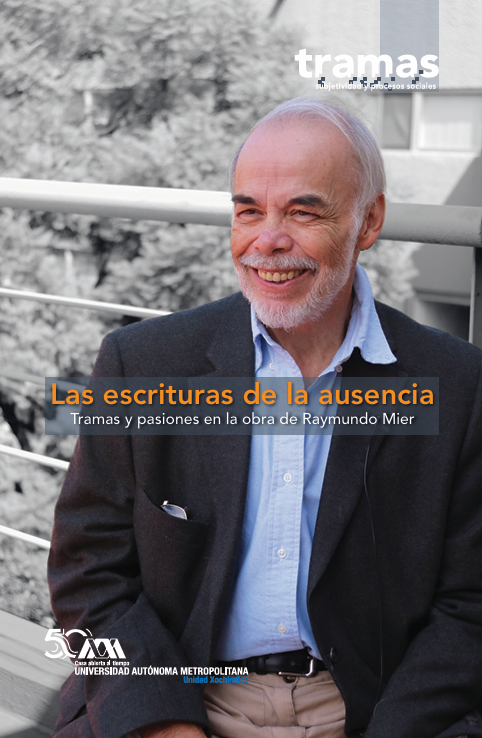Crisis y palabra en utopía
Dominio, medida y simetría
Abstract
Starting off from a utopia invented by some children, the author compares that construction with t h e Utopia imagined by T. Moro and with the City of the sun by T. Campanella. It provides in evidence of permanence of the preoccupation with the exercise of control, in that closed world contained in a hostile environment, regarding the objects and r e g a r d i n g the space, through domination, through measure and symmetry. Sight should be able to explore everything, measure it, dominate it. The surface as well as the limit of the boxed ropoi, like the body and sex, the places of the psychic reality, the intersubjective bonds, the institutions of society. That way, everything is organized in this impossible interior, according to the inverted rules of the dangerous world of the outside. In spite of the desire to have it homogeneous and open towards harmony, the utopian space is always threatened by disintegration. This hypothesis is put to test on purpose in the sexual utopias of Sade and Fourier. Said hypothesis are confronted with the way in which children come out of the traps of the utopia discovering the asym-metry of the body and simultaneously the differences between sexes and generations.











